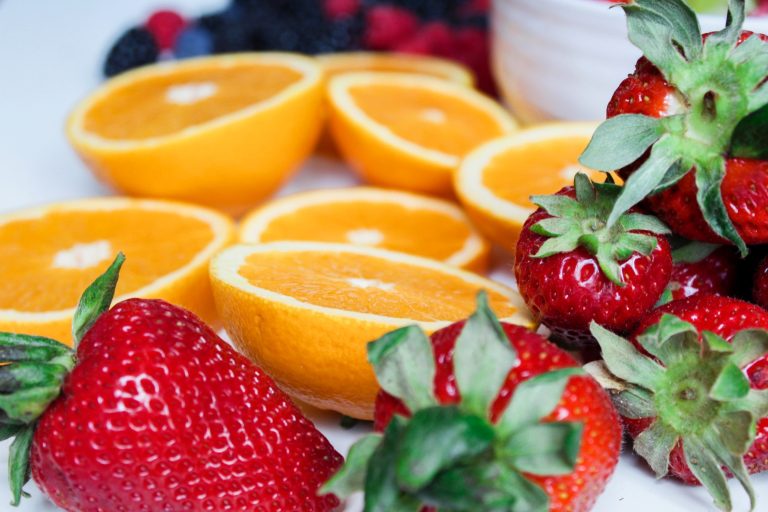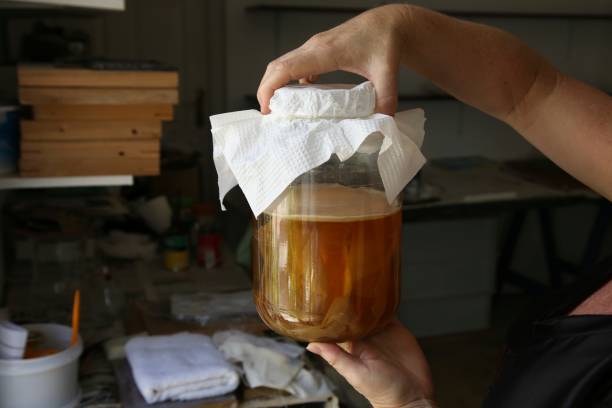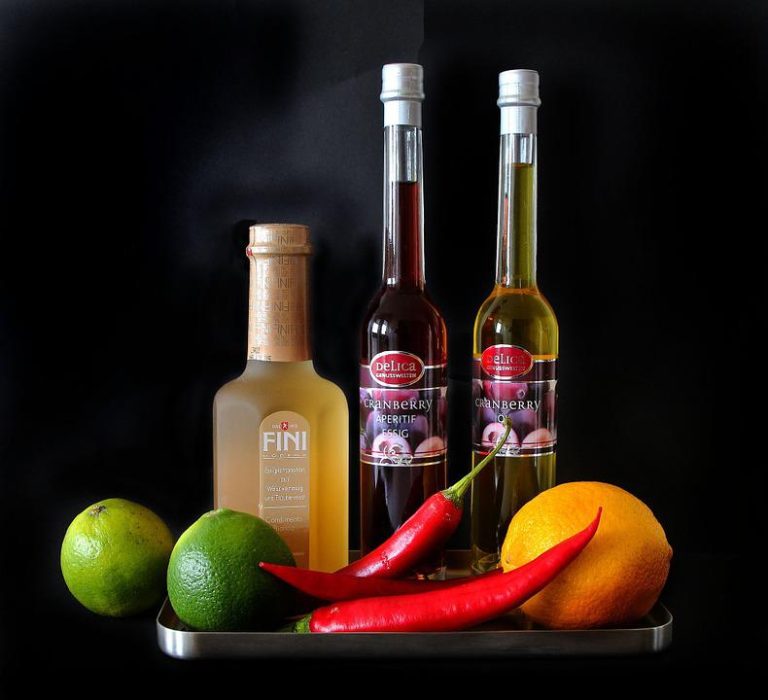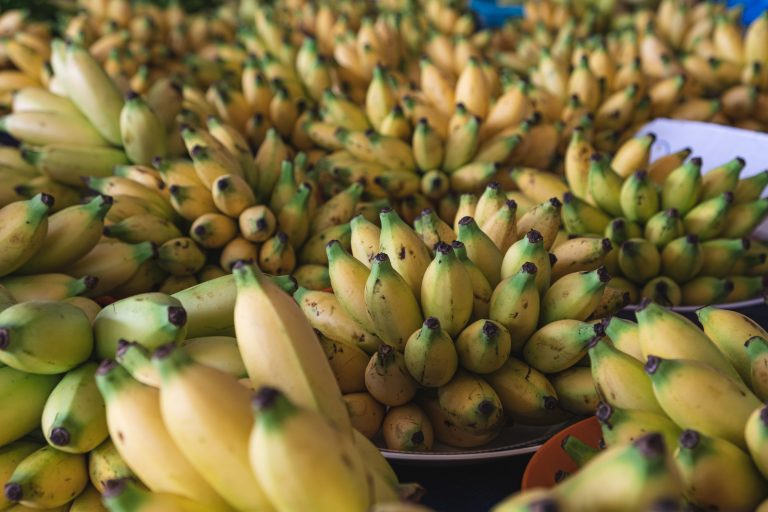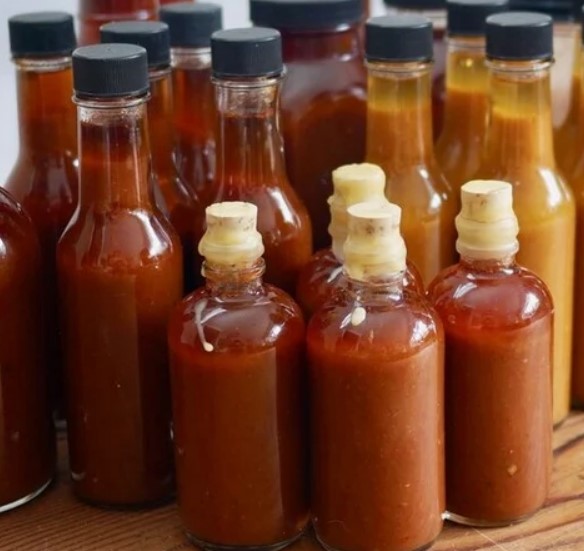Can You Ferment Garlic in Vinegar?
Do you know the difference between food that is preserved and food that is fermentable? A method of preserving food that involves using acidic brine to store it is called pickling.
Food that has a sour taste can be found in both cases. Natural bacteria give that taste when it’s fermentable.
The sour flavor from the pickling comes from acids. You might never consider sourdough bread sour, but it is made using a process called fermentation.
Garlic is one of the most popular garlic in the world, it’s a key ingredient for pickling vegetables.
Is it possible to ferment garlic in Vinegar?
Yes, you can. It is possible to ferment garlic in vinegar. The process is simple.
Place chopped garlic in a glass jar and fill with a mixture of white wine vinegar and water.
Let sit at room temperature for a few weeks. Strain and refrigerate in a glass bottle.
You can pickle garlic, but you can’t ferment it or any other vegetable in it. Continue reading if you want to understand the detailed answer.

Table of Contents
Is It Possible To Ferment Garlic with Vinegar?
No, it’s not possible to use vinegar to ferment. If you were to use this, it would be considered a type of pickling.
Preserving foods and allowing for a longer shelf life are some of the benefits of using acidic liquids for pickling, which involves boiling a vinegar solution and pouring it over cucumbers.
There is a specific type of pickling that involves the use of ferment, but this does not involve the use of vinegar.
Sugar and alcohol are converted into alcohol, which is then turned into a liquid called acetic acid.
It’s possible to add vinegar into a mixture that’s being fermented, but it’s only about adding flavor, and not contributing to the fermentation process in any way.
If you want to know the truth, you should know that fermentation isn’t caused by or aided by vinegar.
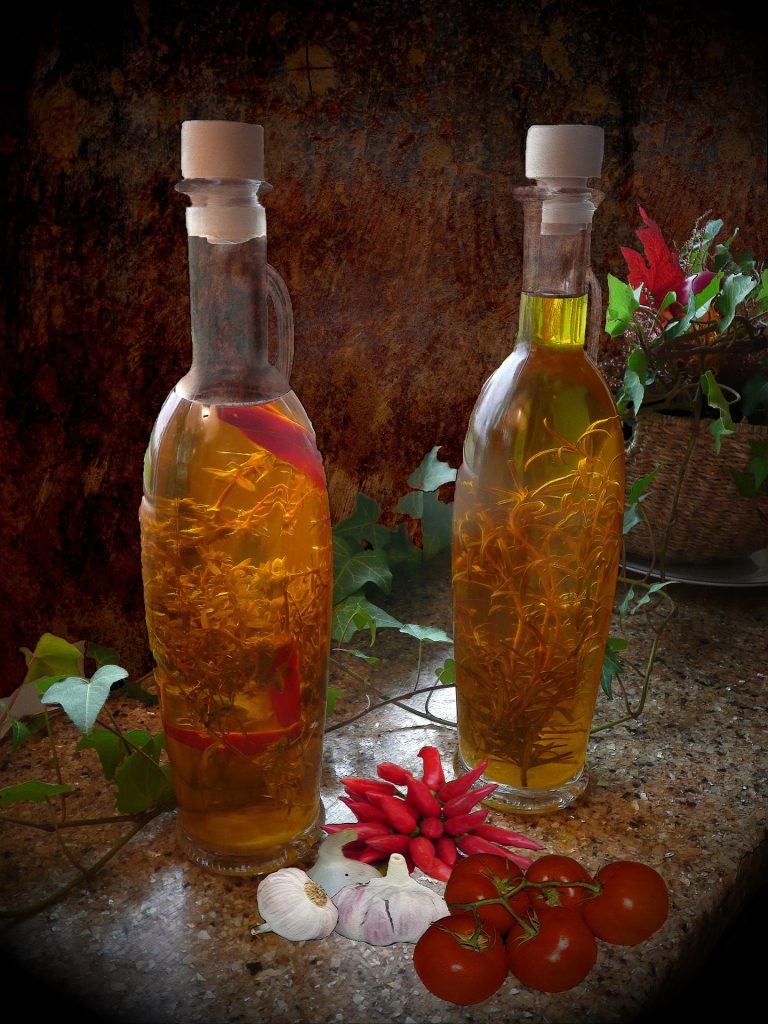
Do You Know What Happens When You Put Garlic in Vinegar?
When you store garlic, you store it in a way that makes it taste better. Garlic can be preserved and prolonged with the use of vinegar.
It’s good for the gut and immune system to eat garlic because it’s a natural prebiotic that friendly gut bacteria feed on.
Maintaining a healthy gut flora balance is one of the reasons why it stimulates their growth. It will stay there for one or two weeks after you put garlic in its container.
It is essential to be patient and allow the vinegar to work its magic. After this period, you can try the garlic and see if you like it.
If you leave the garlic in the bottle, it will not oxidize. You will be able to enjoy the mellow garlic taste, even though the garlic flavor will reduce significantly.
Depending on your preferences, you can leave the garlic in the bottle for one or three weeks.
You can use the garlic to make dressings and put it on pasta, pizza, or meat, after opening the bottle.
Unlike oil, garlic in vinegar won’t support the growth of dangerous bacteria. There is no need to worry about botulism at this time.
It is worth mentioning that the jars can be kept at room temperature and that the content will not go bad.
If you want to prolong the lifespan of the garlic, put it in the fridge after opening the jar.
Why Does Garlic Turn Blue in Vinegar?
Many people are confused about why garlic turns blue or green after being put in a solution of acetic acid and white wine.
They immediately assume that garlic isn’t safe for consumption and want to throw it away. Before you do the same thing, I want you to bear with me.
While the blue or grey garlic color may look odd or even poisonous, it is perfectly normal.
The color is a result of the chemical reaction that happens when garlic and acids mix. Allicin is found in garlic, along with other components.
When allicin is exposed to vinegar, it reacts with some acids. The strange garlic color is caused by the creation of polypyrroles when different pyrolles are connected.
While three pyrolles are responsible for the blue color, four of them will make garlic green.
If this happens to you, there is no need to worry because the sight of the green or blue garlic may not be pleasant. Some nationalities prefer garlic and eat it on special occasions.
Conclusion
If you want to get things straight, you need to know the difference between fermentation and pickling.
If you put a vegetable in an acidic brine, like vinegar, it means you want to brine it instead of making it ferment.
It is not possible to ferment garlic in the same way as you pickle garlic.
It is possible to do it safely and without the risk of getting sick, unlike if you put garlic in olive oil.

Foodie and a passionate cook, I am here to share all of what I know about cooking, kitchen, and food prepping.
Follow me for delicious and healthy recipes.

